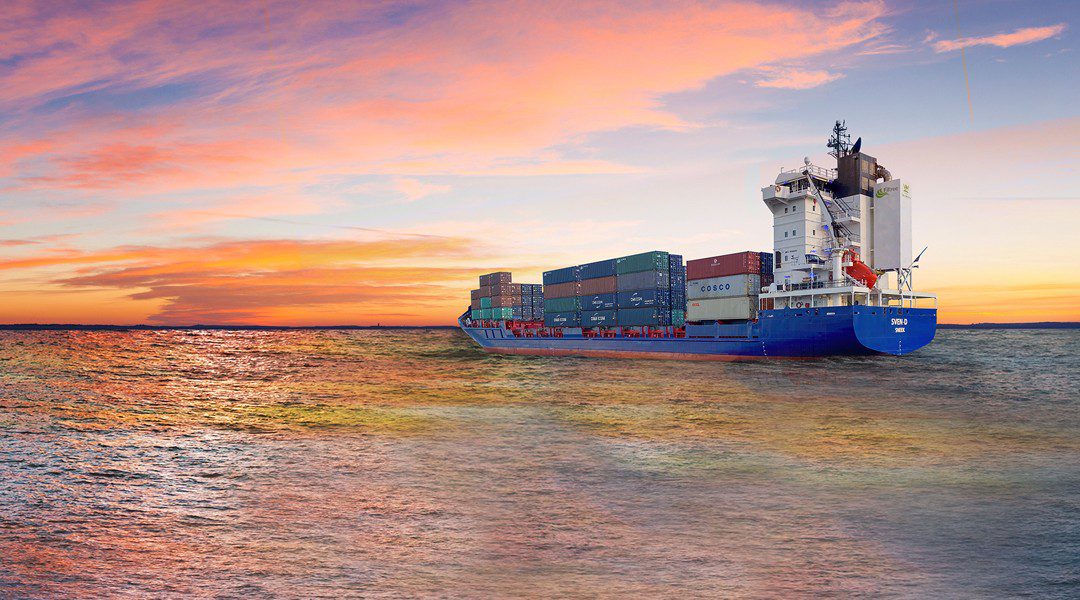With 90% of global trade moved by sea, shipping is a major contributor to climate
change. The International Maritime Organization (IMO) estimated that the industry’s greenhouse gas emissions grew by 10% between 2012 and 2018, while the industry’s share of global anthropogenic CO2 emissions grew slightly to almost 3%, about the same volume as Germany.
It also forecasts that ‘business as usual’ could see emissions increase by up to 50% by 2050 due to the growth in shipping trade.
Achieving the IMO’s 50% cut in emissions, let alone the more ambitious targets required to meet the Paris Agreement goal of limiting global warming to well below 2 degrees Celsius will require huge investment in alternative fuel and more efficient shipping.
The scale of investment required to meet the IMO 2050 target is estimated at $1-1.4
trillion. To fully decarbonize shipping would require a further $400m of investment over the next 20 years.
While there are plenty of innovative ideas on the drawing board, there is not yet an obvious
technical solution available that will get the industry to 2050. The shipping industry needs to make use of alternative fuels and technology to start reducing its emissions right away.
Decarbonization will transform the shipping industry’s risk landscape.
The introduction of low-carbon alternative fuels also brings a number of risks.
A growing number of vessels are being built or converted to run on liquefied natural gas (LNG) and biofuel, including some large container ships.
In January 2020, the International Maritime Organization (IMO) introduced a new lower limit on sulfur content in shipping fuel. The development of new fuels such as hydrogen and ammonia will take time, so in the meantime ship owners are being encouraged to switch to existing lower-carbon fuels, like LNG and biofuel. The first large bulk carriers to use LNG entered service in 2022 while LNG powered RoRo vessels and tankers are under construction, LNG group SEA-LNG says 90% of new car and truck carriers that will
enter the market in the coming years will be dual fuel LNG. CMA CGM is to test biofuel on 32 of its container ships this year.
The decarbonization of the industry will require big investments in green technology and alternative fuels. It is essential that the transition to low-carbon shipping does not create new risks with unintended consequences.






